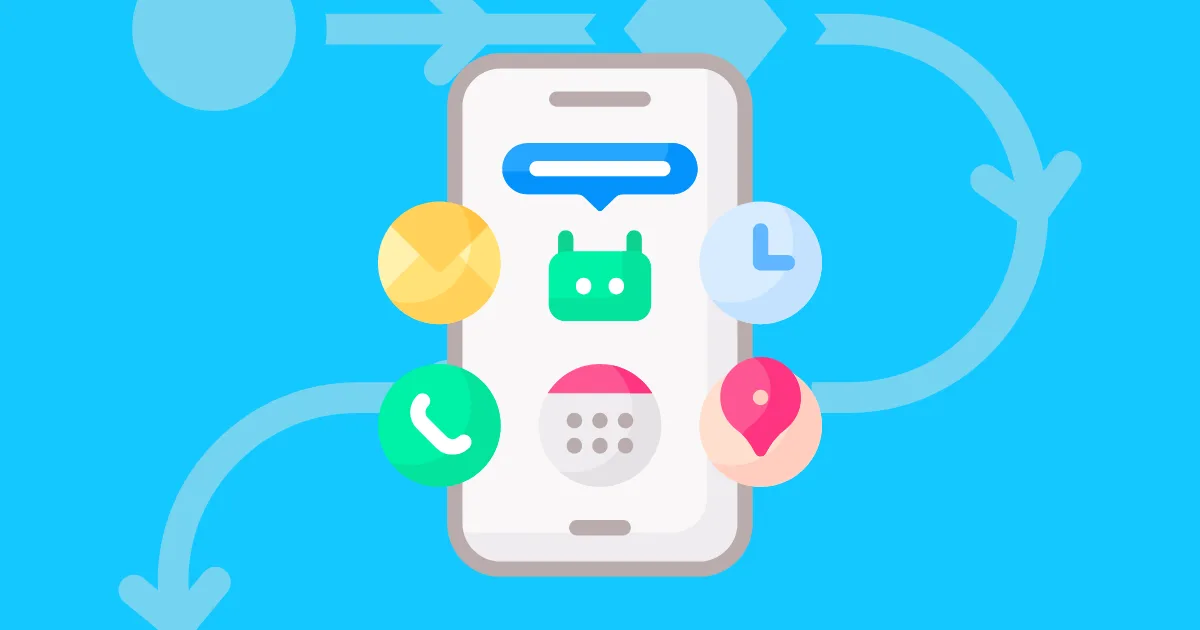Best No-Code Tools to Automate Android Apps in 2025
No-code tools are transforming how we automate Android apps, making script development faster and more accessible than ever before. These platforms empower users to create powerful Android automation scripts in just a few hours—greatly enhancing productivity without the need for traditional coding.
In this article, we’ll introduce some of the top no-code tools for Android automation currently available. We will highlight their main features and strengths. Additionally, we’ll share insights into a platform designed for large-scale Android automation. Whether you’re an automation enthusiast, a developer, or a digital marketer, this guide is essential for anyone looking to streamline Android app automation with no-code solutions.
Tasker
Tasker is an automation app for Android devices. It allows users to create “Profiles” and “Tasks” that automatically trigger based on specific “Contexts” or conditions. Thanks to Android’s openness, Tasker accesses various sensors and system features. This allows it to perform everything from simple actions to complex automation. It supports a wide range of triggers, such as time, location, app status, and system events, helping users unlock the full potential of their smartphones.
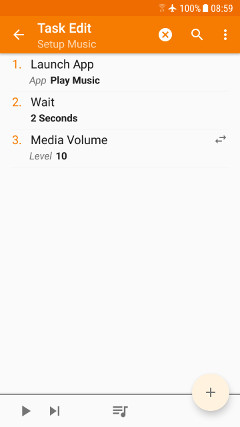
For beginners, Tasker is very friendly. It has a built-in “Beginner Mode” that simplifies the interface and eases the learning curve. The app provides detailed Chinese help guides for each screen. This way, users can easily learn how to set up their automations with drag-and-drop actions and simple configurations—no programming skills needed. For more advanced tasks, Tasker also supports scripting with languages like JavaScript, Shell, or Python, but this is optional. Many common automations can be imported as ready-made profiles. This allows users to set up useful features without any coding.
Key Features
- Profiles (Trigger Conditions): Define when a task should run, such as at a specific time, a certain location, when an app starts, or when the device’s state changes.
- Tasks: Comprise multiple actions and perform specific functions like sending SMS, adjusting volume, or controlling hardware features.
- Actions: The basic building blocks of a task, including notifications, file operations, network requests, or changing system settings.
- Variable Support: Allows the use of global and local variables to pass data between tasks. It also includes string matching, regex, and parsing structured data such as JSON.
- Plugin Support: Integrates with many third-party plugins (such as AutoVoice, AutoInput) to extend functionalities like voice commands or smart device control.
- No Root Needed: Most features can be used without rooting your device, making automation accessible to everyone.
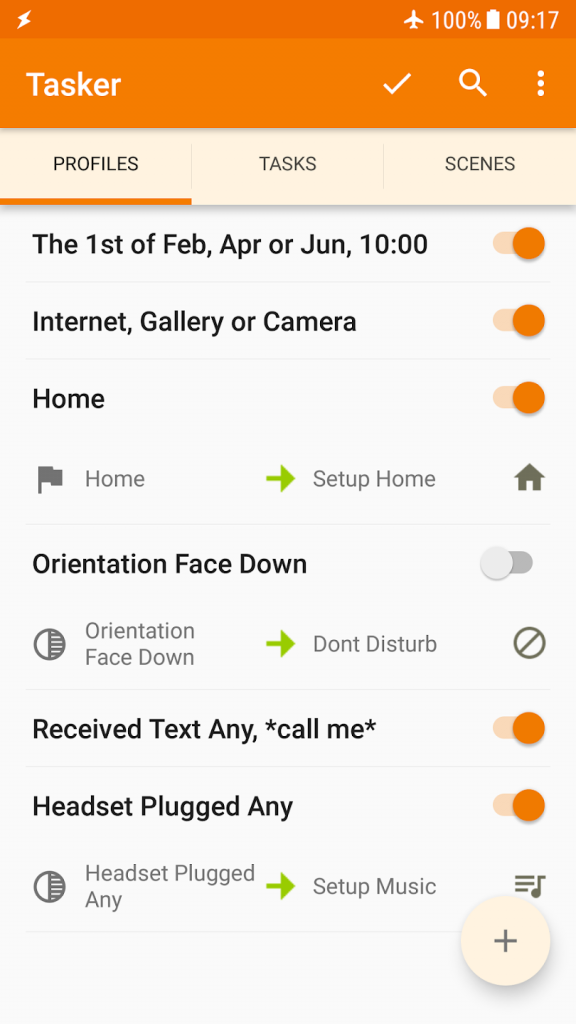
In summary, Tasker is an incredibly powerful and flexible automation tool for Android. It is ideal for users who want to enhance their device’s intelligence and efficiency. Tasker allows non-programmers to achieve automation through simple configurations while also offering advanced customization for experienced users. Its wide range of applications and plugin ecosystem make it one of the most popular automation tools on Android.
MacroDroid
MacroDroid is an automation app for Android that allows users to mimic actions and set up automated tasks. It helps handle repetitive operations automatically, boosting productivity and making daily life more convenient. The app supports many triggers and actions, such as quickly adjusting system settings or sending notifications. Its interface is clean and user-friendly, making setup straightforward.
MacroDroid is especially friendly for users without programming experience. It works on a simple “Trigger + Action + Constraints” logic, using pre-made modules. This means you don’t need to write code to create complex automation workflows. The app’s layout is intuitive, with helpful hints on each button. Moreover, it supports Chinese language, allowing most users to get started with simple configurations.

Key Features
- Triggers: Supports a variety of conditions to start automation, including time, location, and sensor changes.
- Actions: Includes adjusting system settings, sending SMS, or taking photos.
- Constraints: Helps restrict when tasks run, based on time or device status, to prevent accidental triggers.
- Variable Support: Allows use of local and global variables, including capabilities for string processing.
- Recording & Playback: Can record user actions and replay them, enabling automated clicking or gestures.
- Voice Control: Supports triggering tasks through voice commands.
- Plugins & Root Access: Can call Tasker plugins and execute shell commands (requires root).
- UI Interaction: Supports simulating gestures and taps for automating actions.
- Background Notifications: Keeps the app running in the background with persistent notifications.
MacroDroid is an easy-to-use, feature-rich automation app perfect for users who prefer a no-code approach. Its wide variety of triggers and actions, combined with a simple interface, makes it a good alternative or complement to Tasker—especially for beginners.
Automate
Automate is an automation tool for Android that allows users to create smart workflows using a visual, flowchart-style interface. It employs modular “function blocks” that can be dragged and connected to design automated processes. The app can trigger actions based on conditions such as sensor data, system settings, or app events, enabling tasks to run automatically.
Using a flowchart approach, users can easily build automation routines by dragging and linking modules. This makes Automate a classic “no-code” or “low-code” tool. Even users without programming experience can set up useful automations by choosing from preset modules and configuring simple options. For advanced customization, experienced users can leverage expressions, variables, and functions for more complex workflows.

Key Features
- Flowchart-Based Workflow Design: Build automation routines using modular “blocks” that are visual and intuitive.
- Wide Range of Triggers: Supports various trigger types, including time, location, and sensor data.
- Diverse Action Modules: Perform actions like adjusting volume, toggling Wi-Fi, or sending SMS.
- Variables and Logic: Supports using variables and conditional statements to create complex workflows.
- Permission and Privacy Management: Requests only necessary permissions, helping to protect user privacy.
- Sharing and Community Support: Users can export and import workflows and share automation solutions with the community.
- Cross-Device Automation: Supports linking with other devices, enabling seamless automation across multiple gadgets.
GeeLark💡
GeeLark is a comprehensive platform for managing multiple accounts and automating operations. It is designed especially for users with multi-account needs. It offers a cloud-based antidetect phone environment. This allows users to handle multiple accounts without carrying physical devices. The platform supports app installations, synchronized operations, proxy settings, and more, significantly reducing operational costs while enhancing security.
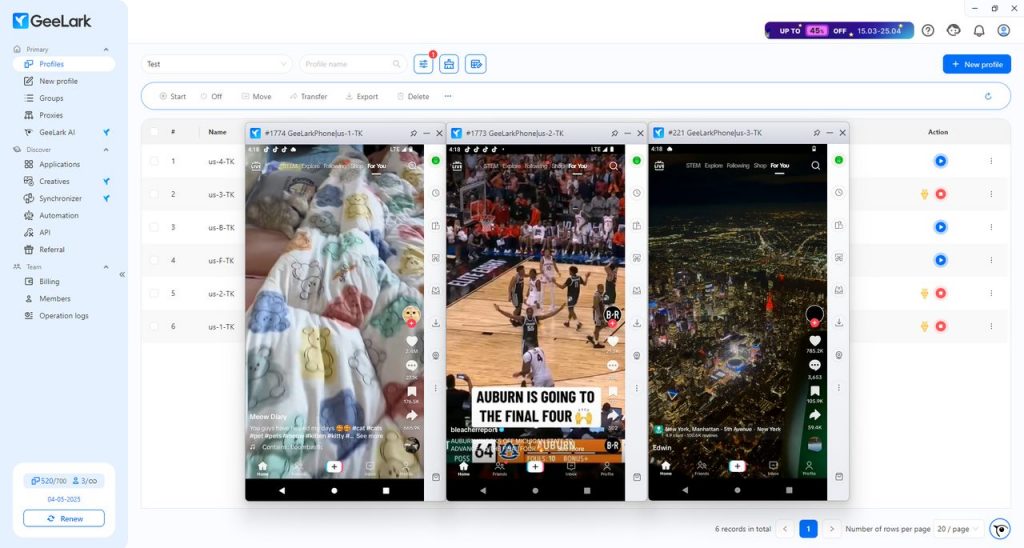
In addition, GeeLark provides an antidetect browser—a one-stop solution making it easier to manage multiple identities seamlessly.
GeeLark RPA (Robotic Process Automation) is a low-code automation tool that enables users to create workflows using “blocks.” It simulates human actions like clicking, inputting text, scrolling, and uploading files to automate repetitive tasks. It supports conditional logic, loops, variable management, and error handling, making it suitable for bulk account management, content posting, liking, and commenting.
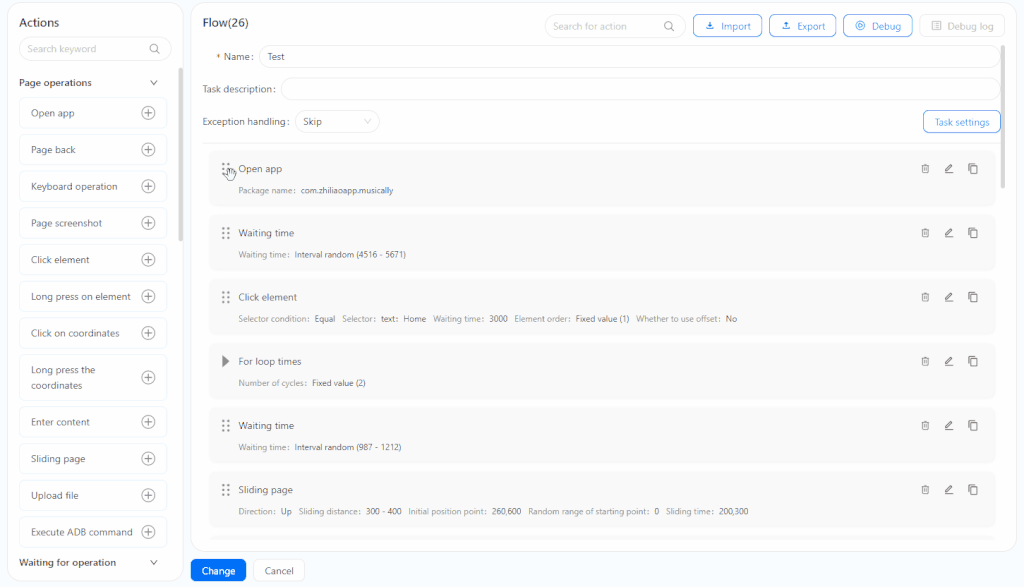
While GeeLark RPA focuses on cloud-based multi-device automation and large-scale account management, tools like Tasker, MacroDroid, and Automate are more geared toward personal automation on mobile devices.
Key Features
- Cloud-based Android phone automation: GeeLark RPA simulates human actions on cloud devices, handling tasks like logging into accounts and navigating within apps. This enables multi-account management and streamlines automation.
- Modular workflow design: Users can build automation processes by dragging action blocks. The system supports precise element targeting, ensuring accurate interaction with interface elements.
- Advanced logic control: Supports conditional statements and loops, making workflows more flexible and intelligent.
- Variable management: Allows the use of different variable types, enabling dynamic data passing within tasks.
- Error handling and debugging: Provides mechanisms for managing exceptions during execution, along with detailed logs to help users troubleshoot.
- Predefined and custom templates: Offers a library of ready-to-use templates, while allowing users to create their own workflows.
- No-code, visual interface: Uses flowcharts and modular design principles, making automation accessible for users without coding experience.
Conclusion
GeeLark RPA is a cloud-based platform designed to help manage multiple mobile accounts safely and efficiently. It works by simulating human actions on cloud Android smartphones, making it easy to build automated workflows for tasks like social media marketing, phone farms, or cross-border e-commerce. It’s great for handling repetitive tasks in bulk, staying undetected, and keeping accounts separate.
In contrast, apps like Tasker, MacroDroid, and Automate are mainly for automating tasks on your own Android device. They assist in personal use, helping automate Android for everyday productivity. However, they aren’t designed for large-scale, cloud-based automation or managing multiple accounts simultaneously.
| Feature | GeeLark RPA | Tasker / MacroDroid / Automate |
| Operating Environment | Runs on cloud-based Android devices (cloud phones), not on local physical devices | Runs locally on the user’s Android device |
| Primary Use Case | Designed for large-scale multi-account management, social media, and mobile app automation in the cloud | Personal device automation for everyday tasks and system settings |
| Automation Method | No-code, drag-and-drop workflow builder simulating human-like touchscreen actions on cloud phones | Trigger-action model (Tasker), modular flows (Automate), event-driven automation on the local device |
| Human-Like Interaction | Emulates natural touch gestures with delays to mimic human behavior and avoid detection | Can simulate inputs but less focused on anti-detection or multi-account isolation |
| Coding Requirement | No-code with visual drag-and-drop interface; templates available | Ranges from no-code (MacroDroid) to some scripting for advanced users (Tasker) |
| Task Persistence | Runs automation continuously in the cloud, independent of local device status | Runs only when the app is active on the local device |
| Anti-Detection & Fingerprinting | Provides unique identifiers and proxy settings per cloud phone | No built-in anti-detection or multi-account fingerprint management |
| Target Users | Businesses and social media managers managing multiple accounts | Individual users automating personal phone tasks |
